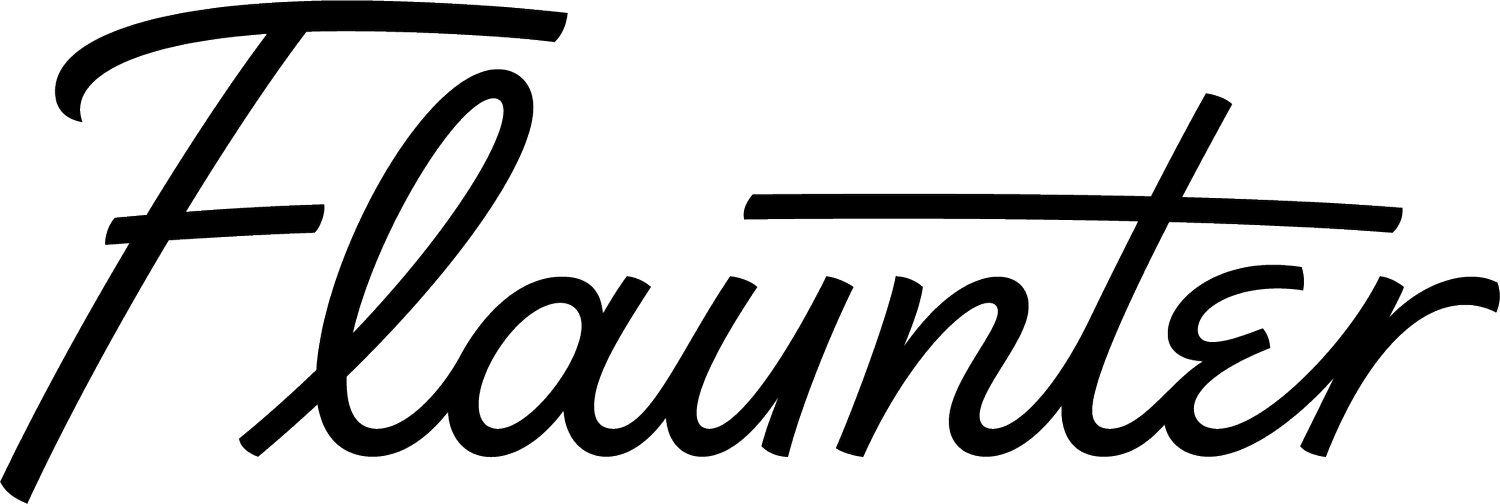Advertorial vs. Editorial: Which is Right for Your PR Strategy?
When it comes to PR, there are two main types of content: advertorial and editorial.
But if you’re new to PR, you may be wondering what the **** is the difference anyway?
If you are confused, don’t worry, you’re not alone! Many struggle to understand the nuances between the two and why they matter for your brand’s PR strategy.
In a nutshell, advertorial content (aka paid media or sponsored) is paid-for content that looks like editorial content. It often appears in magazines or online publications and takes the form of a feature article, sponsored post or even an entire section of the publication. Usually it is created by the brand and is designed to promote their products. These days, it should be clearly labeled as ‘sponsored’ or ‘paid content’, however in many cases it’s not very obvious.
On the other hand, editorial content is created by independent journalists and editors who work for a publication. This coverage is organic, unbiased and is not paid-for by the brands being featured. So…Editorial is what we’re all aiming for, right!?
Let’s discuss the pros and cons of each, and what you need to know when crafting your PR strategy.
What are the pros and cons?
Advertorial is basically like paying for your own spotlight – you’re guaranteed that your story will run because you’ve paid for the slot. Plus, you get to have the final say over your message and visuals, so you can really control the narrative.
Editorial is considered the gold standard of PR. There’s no guarantee that your story will run, but if it does, it’ll be alongside other organic content produced by the publication. And let’s be real, editorial is the Holy Grail of PR because it’s seen as more trustworthy and credible.
Which one should I use?
The thing is, both have their place in a well-rounded PR strategy. Advertorial can be a great way to show off your products or services in a controlled environment, while editorial can provide independent validation of your brand’s value proposition. But, and this is a big but, it’s important to use advertorial content sparingly and thoughtfully, and to make sure it aligns with your brand’s messaging and values. And with editorial, you’ve got to have a strong news angle or a killer relationship with the journalist to increase your chances of getting featured.
Luckily, with Flaunter, you can give yourself a better shot at scoring some primo editorial coverage. By uploading high-quality images and information about your products, you’ll make it easier for journalists and editors to discover and feature your brand in their editorial content. Plus, since Flaunter is a much-loved and trusted source for media, you can rest assured your brand will be featured in the best possible light.
Still torn? Here are some things to consider:
Your goals. First of all, you need to figure out what you want to achieve. Are you looking to boost brand awareness or showcase your products in a specific way? If yes, advertorial may be the way to go. If you’re seeking to position your brand as an industry expert, then editorial might be more up your alley.
Budget is a biggie. Advertorial content can be pricey, so make sure you’re weighing up the costs against the potential benefits. Editorial content is usually free (aside from the cost of pitching and building relationships), but can be harder to land.
Remember your brand. If you’re all about being fun and playful, advertorial coverage could be a great chance to show off that personality in a way that might not be possible with editorial coverage.
Know the publication. Think about the publications you’re targeting. Some are all about advertorial, while others are strictly editorial. By doing your research and understanding what you’re looking for, you’ll be able to figure out which approach is more likely to get you the coverage you’re after.
At the end of the day, the best PR strategy is a mix of advertorial and editorial content, tailored to your goals, budget, brand voice, and target publications. So, get that balance right, and you’ll be well on your way to PR success!
–
If you’re looking to up your PR game, it’s important to understand the difference between advertorial and editorial content. And with Flaunter in your toolbox, you’ll have a better chance at getting the editorial coverage your brand deserves.
We’ve already worked with huge names like Hugo Boss, Bec + Bridge, Sarah & Sebastian, Kate Spade and Billini. Start getting more exposure for your brand by using Flaunter’s digital PR press centre and showroom.
Image by Louenhide

